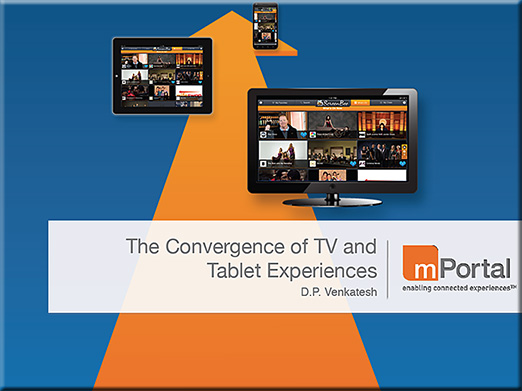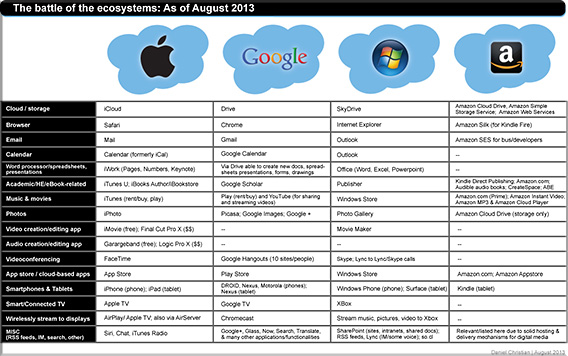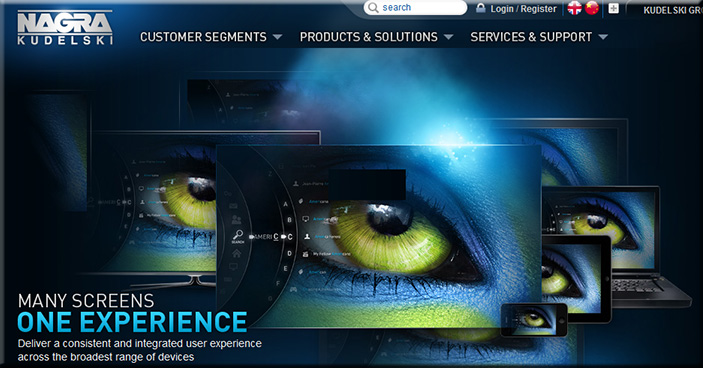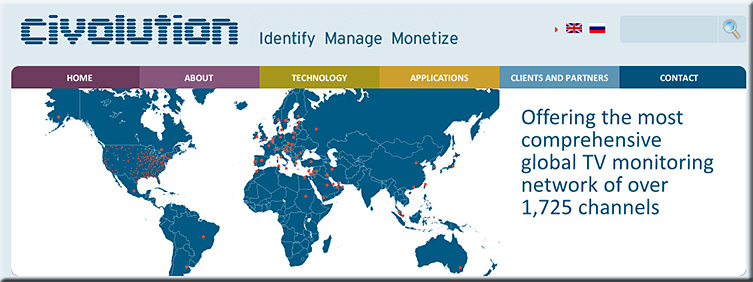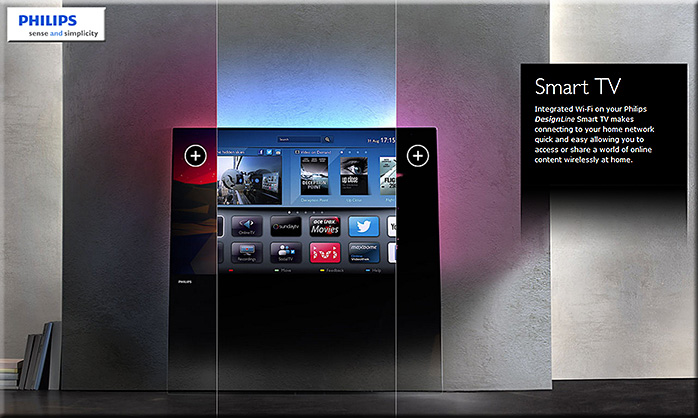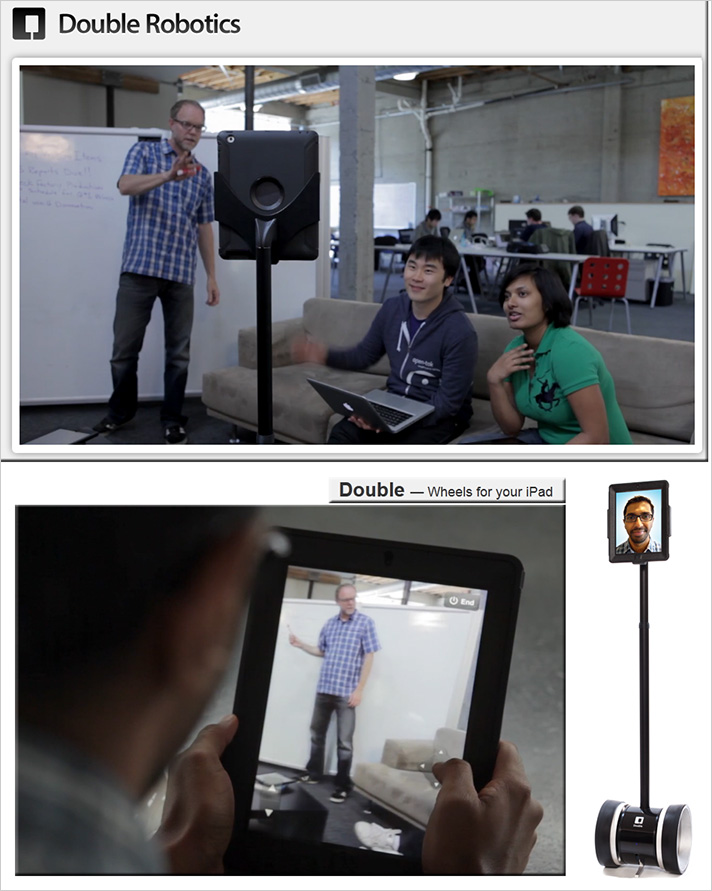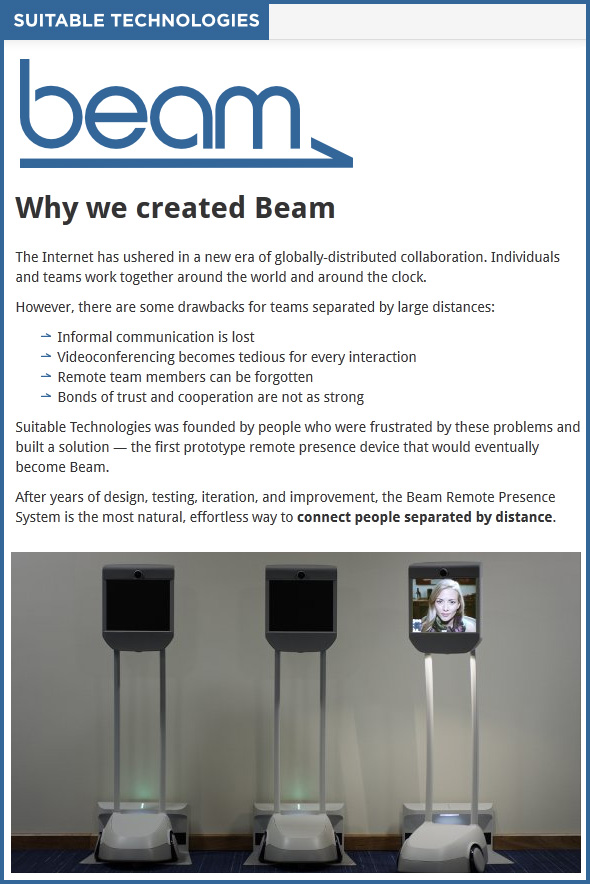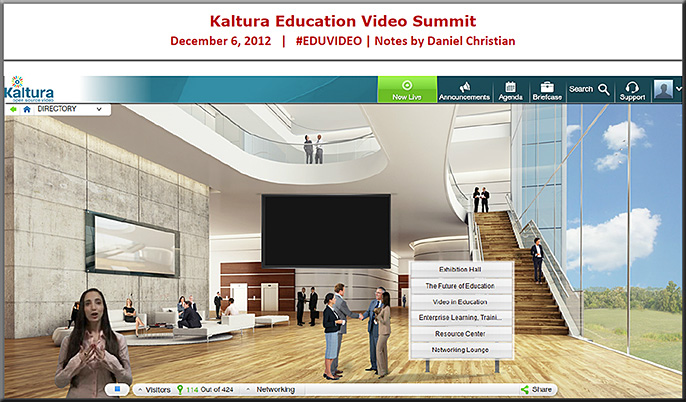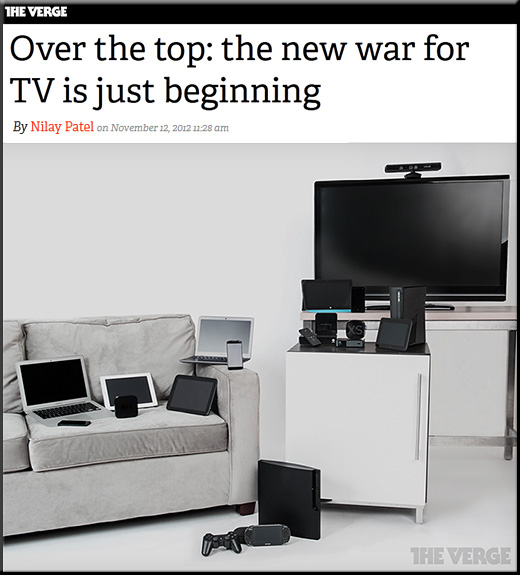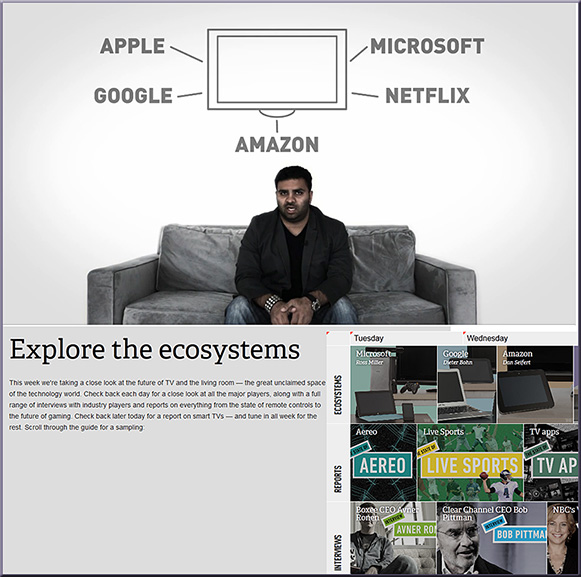From DSC:
I see the following items in the classrooms/learning spaces/”learning hubs” of the future:
- iBeacon-like technology, quickly connecting the physical world with the online world (i.e. keep an eye on the Internet of Things/Everything in the classroom); this may take place via wearable technology or via some other means of triggering events
- Remote presence
- Access to Artifical Intelligence (AI)-based resources
- Greatly enhanced Human Computer Interactions (HCI) such as gesture-based interactions as well as voice and facial recognition
- Interactive walls
- BYOD baked into almost everything (requiring a robust networking infrastructure)
- More makerspaces (see below for examples)
- Tables and chairs (all furniture really) are on wheels to facilitate room configuration changes
- Setups that facilitate collaborative/group work
Below are some other recent items on this topic:
To Inspire Learning, Architects Reimagine Learning Spaces — from MindShift by Allison Arieff

Excerpt:
As K–12 schools refocus on team-based, interdisciplinary learning, they are moving away from standardized, teach-to-test programs that assume a one-size-fits-all approach to teaching. Instead, there is a growing awareness that students learn in a variety of ways, and the differences should be supported. The students often learn better by doing it themselves, so teachers are there to facilitate, not just to instruct. Technology is there as a tool and resource, not as a visual aid or talking head.
3D printers and laser cutters?… it’s the classroom of the future — from standard.co.uk by Miranda Bryant
Rethinking our learning spaces — from rtschuetz.blogspot.com by Robert Schuetz
Excerpt:
Heutagogy, unlike pedagogy, focuses on self-directed learning. As learning and education become more heutaogical, shouldn’t our learning spaces accommodate this shift? What are the features and characteristics that define a modern learning space? Notice, that I have not used the word classroom. Several days of researching this topic has challenged my thinking on the concept of classroom. This verbiage has been replaced with terms like; ideation lab, innovation space, maker pods, gamer zone, and learning sector. The concept of specific learning zones is not new.











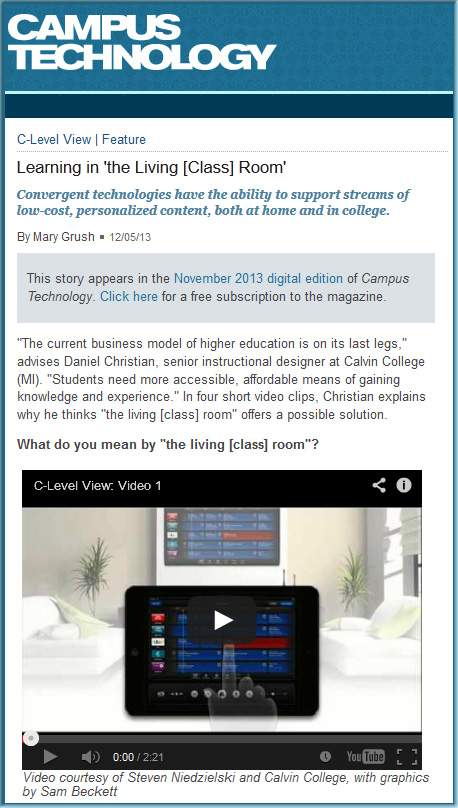




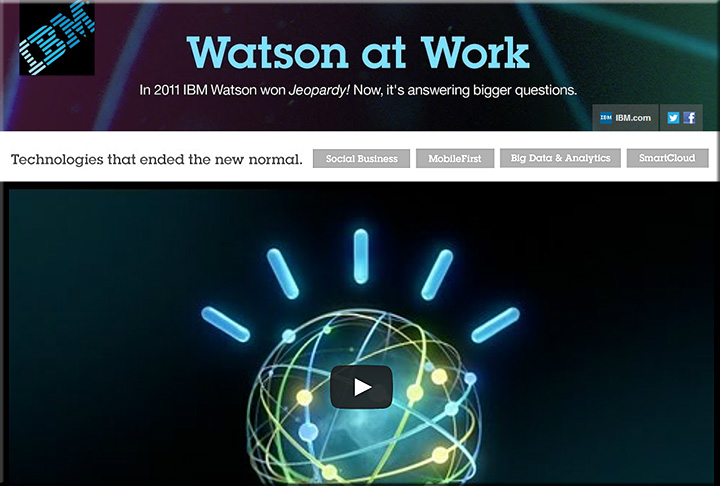
![The Living [Class] Room -- by Daniel Christian -- July 2012 -- a second device used in conjunction with a Smart/Connected TV](http://danielschristian.com/learning-ecosystems/wp-content/uploads/2012/07/The-Living-Class-Room-Daniel-S-Christian-July-2012.jpg)

